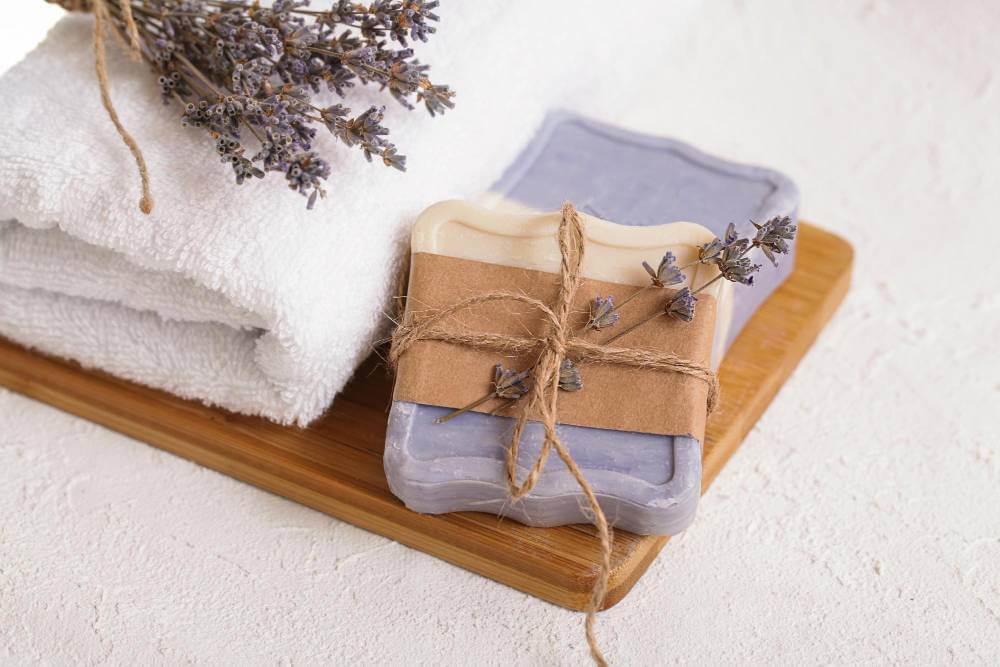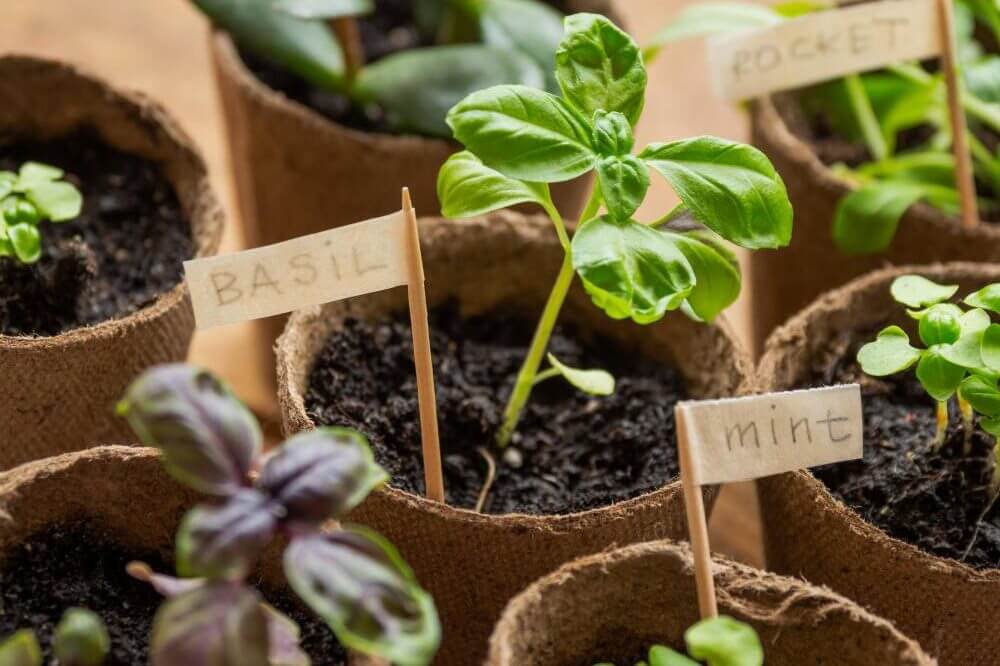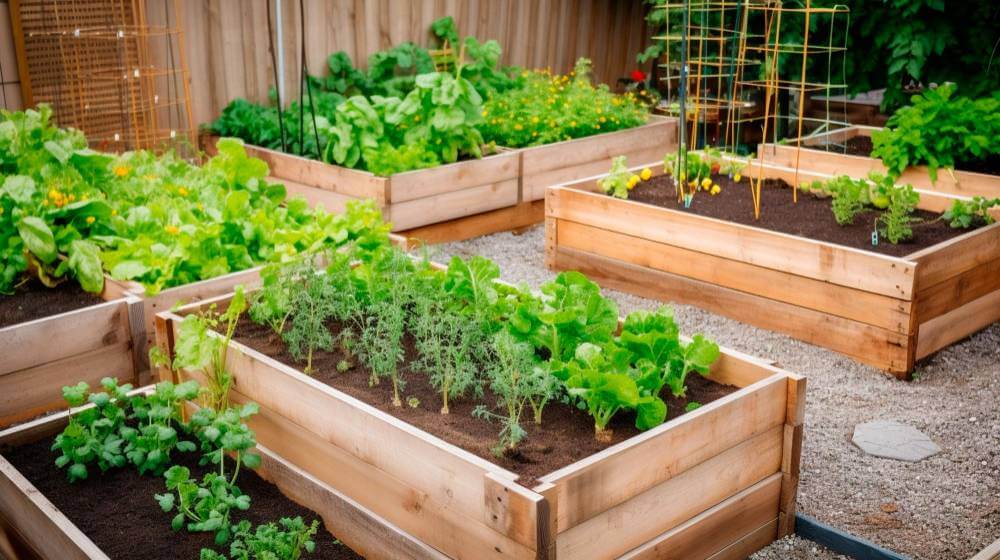Welcome, fellow gardeners! Today, we’re delving into the realm of soil fertilization methods, specifically tailored to turbocharge your herb garden’s growth. Get ready to unearth the secrets of nurturing your green babies with the right blend of nutrients and care. Let’s embark on this journey together, shall we?
The Significance of Soil Fertilization
Picture this: your herb garden is a bustling ecosystem, teeming with life and flavor. But beneath the surface lies a crucial element often overlooked – soil fertilization. Think of it as the foundation upon which your plants thrive, providing essential nutrients like nitrogen, phosphorus, and potassium. Without proper fertilization, your herbs may struggle to reach their full potential, resulting in lackluster growth and flavor. So, dear gardener, heed the call of the soil and give your herbs the nourishment they crave.
Organic Fertilization: A Natural Approach
When it comes to feeding your herbs, nothing beats the wholesome goodness of organic fertilizers. Derived from natural sources such as compost, manure, and bone meal, these nutrient-rich concoctions are like a gourmet feast for your plants. Not only do they enhance soil fertility and structure, but they also promote long-term sustainability and environmental health.
However, organic fertilizers may take longer to break down and release nutrients, requiring careful planning and patience on the gardener’s part. Additionally, improper application can lead to nutrient imbalances or even contamination of groundwater sources. It’s a balancing act between natural benefits and mindful stewardship of the land.
Artificial Fertilization: The Synthetic Shortcut
On the flip side, we have synthetic fertilizers – the quick-fix solution for gardeners on the go. Formulated with concentrated nutrients and minerals, these chemical concoctions offer rapid results with minimal effort. Say goodbye to waiting for compost to decompose – artificial fertilizers deliver an instant boost of nutrition straight to your herbs’ roots.
However, this convenience comes at a cost, as synthetic fertilizers may disrupt soil microbial activity and contribute to nutrient runoff, polluting nearby waterways. Moreover, over-reliance on artificial fertilizers can lead to soil degradation and dependency, ultimately diminishing the long-term health of your herb garden. It’s a trade-off between convenience and environmental responsibility.
Nourishing Naturally: Organic Fertilization Methods
Compost Concoctions:
One of the oldest tricks in the gardening book, composting is a tried-and-true method for enriching soil fertility. Gather a mix of kitchen scraps, yard waste, and other organic materials, then let nature work its magic as the pile decomposes into nutrient-rich humus. For best results, aim for a balanced mix of green and brown materials, and turn the pile regularly to aerate and accelerate decomposition. Once your compost is ready, spread it generously around the base of your herbs or incorporate it into the soil before planting for a slow-release boost of organic goodness.
Manure Marvels:
For centuries, farmers have relied on animal manure to replenish soil nutrients and improve fertility. Whether it’s cow, horse, or poultry droppings, manure is a potent source of nitrogen, phosphorus, and potassium – the holy trinity of plant nutrition. However, not all manures are created equal, so be sure to properly age and compost fresh manure before applying it to your herb garden. This helps reduce the risk of burning your plants with excessive nitrogen or introducing harmful pathogens into the soil. Once composted, spread a thin layer of manure over your garden beds or mix it into the soil for a nutrient-packed meal your herbs will love.
Cover Crop Champions:
Looking to give your soil a well-deserved break while still keeping it nourished? Enter cover crops – the unsung heroes of organic gardening. By planting cover crops like clover, buckwheat, or vetch during the off-season, you can protect your soil from erosion, suppress weeds, and fix nitrogen naturally. When it’s time to plant your herbs, simply chop down the cover crop and turn it into the soil as green manure. This not only adds organic matter and nutrients to the soil but also improves its structure and water retention. Talk about a win-win for both your garden and the environment!
Tips for Success:
- Mix It Up: Don’t rely on just one type of organic fertilizer – mix and match different materials to provide a diverse array of nutrients for your herbs.
- Timing Is Key: Apply organic fertilizers at the right time of year to maximize their effectiveness and minimize nutrient leaching.
- Patience Pays Off: Remember that organic fertilization is a long-term investment in your soil’s health – be patient and trust in the natural process.
With these organic fertilization methods and tips in your gardening arsenal, you’ll be well on your way to cultivating a thriving herb garden that’s as sustainable as it is delicious.
Speedy Solutions: Synthetic Fertilization Methods for Your Herb Garden
Chemical Cocktails:
Synthetic fertilizers are like the energy drinks of the gardening world – packed with concentrated nutrients and ready to give your herbs an instant boost. These manufactured fertilizers come in various formulations, each tailored to meet specific plant needs. From water-soluble powders to slow-release granules, there’s no shortage of options when it comes to synthetic fertilization. Simply follow the instructions on the label to determine the appropriate dosage for your herbs and watch them grow like gangbusters.
Liquid Elixirs:
Liquid fertilizers are another popular choice among gardeners seeking quick and easy solutions for their nutrient needs. Available in concentrated form, these liquid elixirs can be diluted with water and applied directly to the soil or foliage for rapid absorption. Whether you opt for a store-bought solution or whip up your own homemade brew, liquid fertilizers offer a convenient way to deliver a precise blend of nutrients to your herbs without the hassle of bulky bags or messy powders.
Time-Release Treats:
If you’re the set-it-and-forget-it type, then time-release fertilizers might be right up your alley. These innovative formulations are designed to gradually release nutrients into the soil over an extended period, providing your herbs with a steady supply of nourishment without the need for frequent reapplication. Simply scatter the granules around the base of your plants and let them do their thing – no muss, no fuss. Just be sure to choose a product with a balanced blend of nutrients to avoid overloading your soil with excessive amounts of any one element.
Tips for Success:
- Use with Caution: Synthetic fertilizers can be potent stuff, so use them sparingly and avoid applying them near water sources or sensitive plant roots.
- Watch for Runoff: Be mindful of runoff when applying synthetic fertilizers, especially in areas prone to erosion or water pollution.
- Combine with Organic: Consider using synthetic fertilizers in conjunction with organic methods to achieve a balanced approach to soil fertility and plant nutrition.
With these synthetic fertilization methods and tips in your gardening toolbox, you’ll be well-equipped to give your herbs the quick and efficient nutrient boost they need to thrive. Just remember to use them responsibly and in moderation, and your garden will be flourishing in no time!
Recap: Harnessing Fertilization Power
whether you’re a fan of organic or synthetic fertilization methods, there are plenty of options available to help your herb garden flourish. From compost concoctions to chemical cocktails, each approach offers its own unique benefits and challenges. By understanding the needs of your plants and practicing responsible gardening techniques, you can create a thriving garden that’s both bountiful and sustainable.
If you found this post helpful, be sure to check out my other posts for more gardening tips and tricks. Happy gardening!







